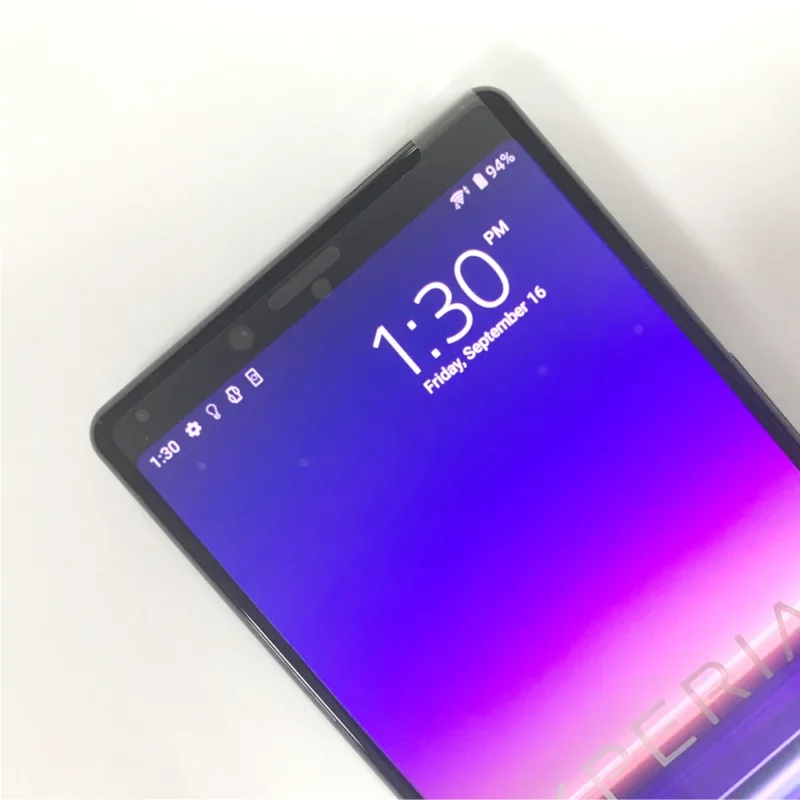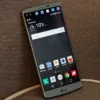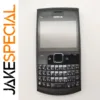Rediscovering Charm: Why Vintage Phones Are Making a Stylish Comeback in the Digital Age
In a world dominated by sleek smartphones boasting advanced technology, a surprising trend has emerged: the comeback of vintage phones. These classic devices, often reminiscent of a bygone era, are appealing not just to nostalgia seekers but also to tech enthusiasts looking for modern functionality. The revival of vintage phones represents a fascinating blend of timeless aesthetics and cutting-edge technology, igniting conversations about their relevance in today’s digital age.
The Allure of Vintage Phones
Vintage phones are not merely decorative items or relics of the past; they symbolize a simpler time and offer a unique visual appeal that modern smartphones often lack. Here are a few reasons why vintage phones are making a triumphant return:
- Nostalgia: Many consumers are drawn to vintage phones for their sentimental value. These devices evoke memories of a time when communication revolved around face-to-face interactions rather than social media notifications.
- Aesthetic Appeal: The design of vintage phones is often more charming than their modern counterparts. With their colorful casings, rotary dials, and artistic craftsmanship, they add character to any space.
- Durability: Vintage phones are typically built with sturdier materials than many current devices. Their robustness makes them less susceptible to damage, appealing to those who prioritize longevity.
- Disconnecting: In an age of constant connectivity, some people are drawn to vintage phones as a means of disconnecting from the overwhelming digital world. They offer a break from the distractions of modern phones.
The Modern Twist: Functionality Meets Style
While vintage phones may bring back the charm of the past, manufacturers are not ignoring the call for functionality. Many modern adaptations of vintage designs incorporate updated technology, allowing users to enjoy both style and modern capabilities. Here are some notable features found in contemporary vintage phones:
- Smart Capabilities: Some modern vintage phones come equipped with smart technology, allowing users to sync them with applications for notifications, messaging, and even answering calls via Bluetooth.
- Touchscreen Interfaces: Advances in technology mean that many replicas are equipped with touchscreen interfaces, seamlessly blending old-school designs with modern usability.
- Bluetooth Connectivity: Vintage-style phones can now connect to wireless networks, enabling users to take advantage of hands-free calling and audio streaming.
- Battery Life: Newer materials and battery technology ensure that these devices maintain a longer battery life while offering the same nostalgic experience.
Examples of Vintage Phone Revivals
Several companies have recognized the demand for vintage phones and have begun producing devices that pay homage to classic designs while adding a modern twist. Some notable examples include:
- Rotary Phone Adaptations: Companies like AT&T have developed rotary-style phones that feature touch-sensitive dials, appealing to those with a flair for nostalgia while ensuring ease of use.
- The Cowan Phone: This modern reproduction of a classic design features a vibrant casing, a rotary dialing mechanism, and Bluetooth connectivity, bridging the gap between the old and the new.
- Recreated Classic Models: Brands like GPO Retro are creating fully functional replicas of timeless designs that include modern features like hands-free calling without sacrificing the aesthetic appeal.
The Market for Vintage Phones
The vintage phone revival has sparked a niche market that appeals to various demographics, including collectors, nostalgia enthusiasts, and millennials searching for quirky home decor options. The availability of vintage phones in both the physical and online marketplaces, along with their customizable features, has made them a popular choice. Moreover, the rise of eco-conscious consumerism has prompted people to explore sustainable options, with vintage phones often representing a more environmentally friendly alternative.
Spotlight on Notable Vintage Phones
Among the classic devices currently capturing attention is the Nokia E63 QWERTY Mobile Phone. This model features efficient QWERTY keyboard functionality and a vibrant 2MP camera, appealing to both productivity enthusiasts and those with an appreciation for nostalgic designs.
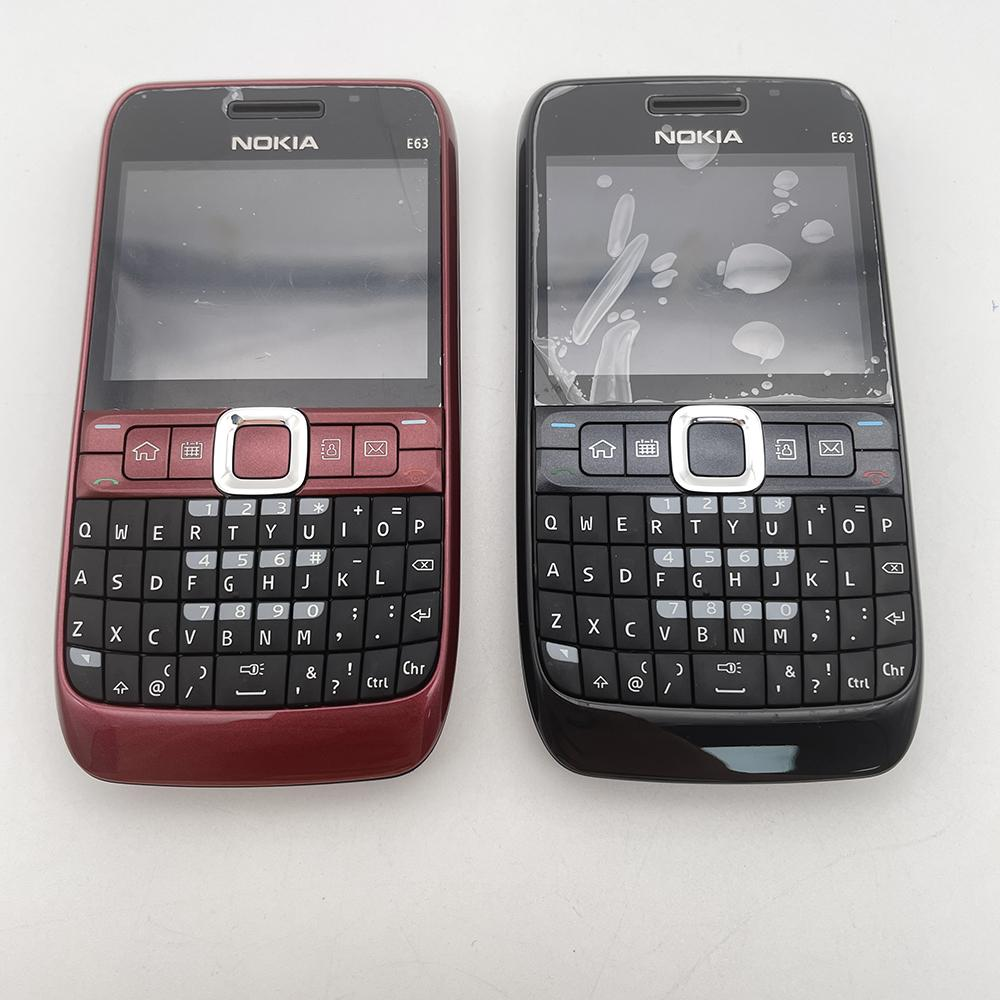
Another great option is the Nokia X2-01 Mobile Phone, which combines a user-friendly QWERTY keyboard with a durable design. This device not only caters to your messaging needs but also embodies the classic aesthetic that many find appealing.
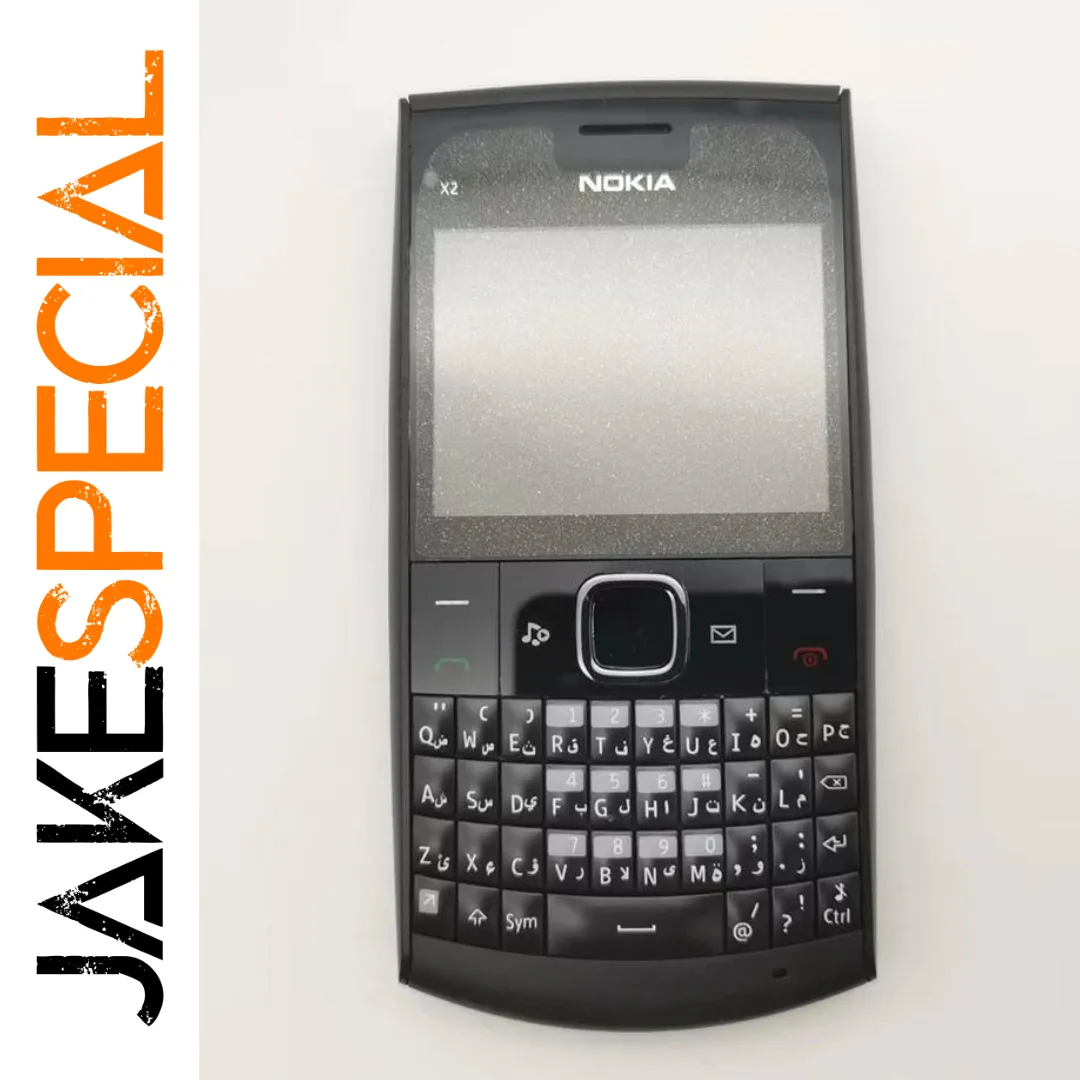
Conclusion
The revival of vintage phones is much more than just a trend; it is a testament to the enduring appeal of design combined with functionality. By merging nostalgia with modern features, these devices offer consumers the best of both worlds. Whether for personal use, decorative purposes, or as thoughtful gifts, vintage phones have firmly established their place in the contemporary tech landscape. As more companies invest in producing these retro devices with updated technology, one thing is clear: the charm of vintage phones has captured the hearts of many, ensuring their relevance for years to come.

